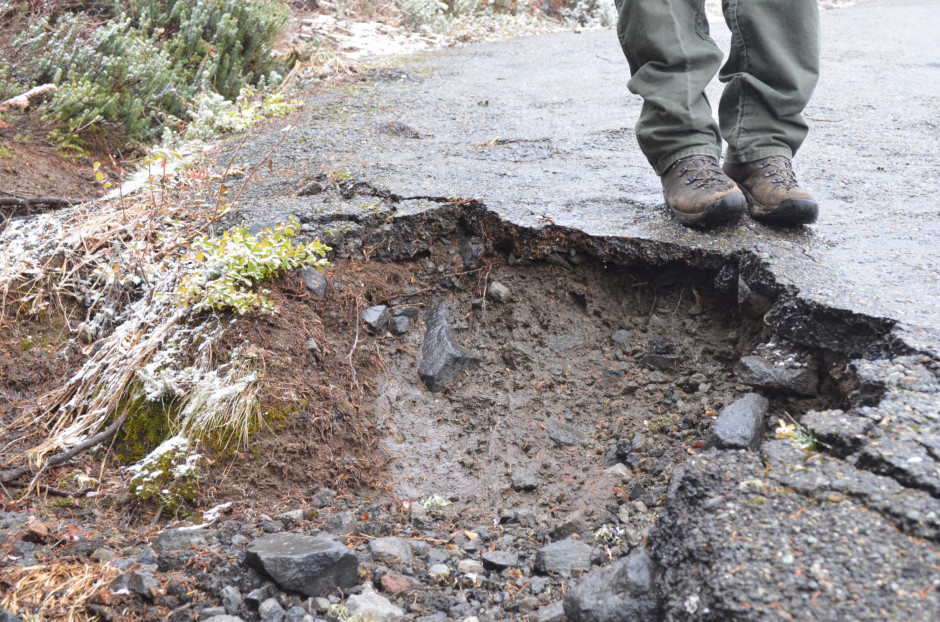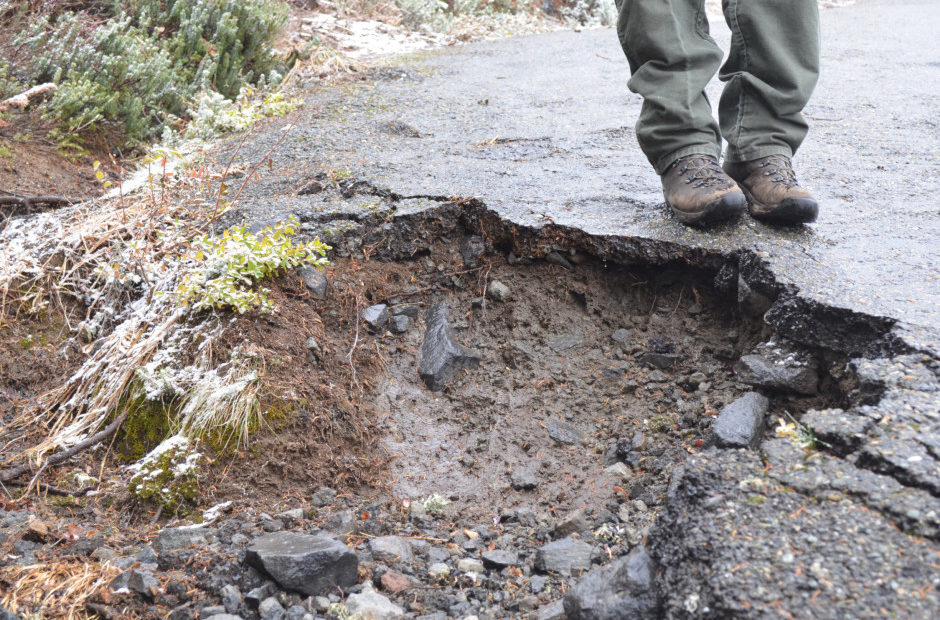
Interior Secretary Zinke Ties National Parks Fixes To Oil And Gas Profits On Public Lands
Listen
The Interior Department plans to expand energy development on public lands and offshore to pay for the National Parks’ maintenance backlog.
In the Pacific Northwest, the needs range from washed-out roads and trails at Mount Rainier National Park to repairing bridges and parking lots at Olympic National Park.
Interior Secretary Ryan Zinke says the Parks’ maintenance backlog is $11.7 billion. The entire Interior Department’s backlog is $16 billion.
The budget plan Zinke unveiled Monday would provide $800 million in the coming fiscal year.
“Our parks are being loved to death,” Zinke told reporters. “This budget is all about rebuilding our parks system, and we’re going to use our energy holdings to pay for it.”
In other words, Zinke wants the government to sell leases to private companies to drill for oil and natural gas and build wind farms on public lands and waters.
Democrats are pushing a different plan to pay for the maintenance backlog. They want to use a portion of the revenue the government collects from mining leases on public lands.
Copyright 2018 EarthFix
Related Stories:
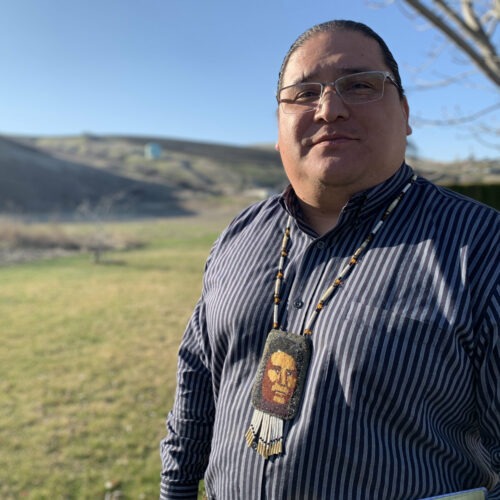
For Nez Perce Tribe, And Across The West, Deb Haaland Faces A Long To-Do List At Interior
Deb Haaland, the former Democratic congresswoman, made history Monday by becoming the first indigenous interior secretary. She’s promising to begin repairing a legacy of broken treaties and abuses committed by the federal government toward tribes. It’s one pillar of a long and ambitious to-do list of reforms the administration is planning at the sprawling agency that is the federal government’s most direct contact with the nation’s 574 federally recognized — and sovereign — tribes.
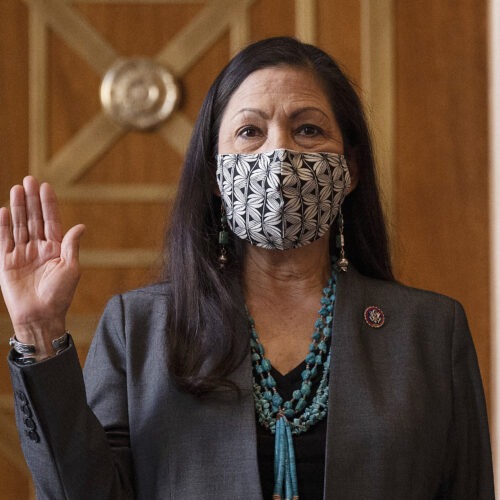
Deb Haaland Confirmed As U.S. Interior Secretary, First Native American In Any Cabinet Post
The Senate voted 51-40 Monday to confirm the Democratic Congresswoman to lead the Interior Department, an agency that will play a crucial role in the Biden administration’s ambitious efforts to combat climate change and conserve nature.
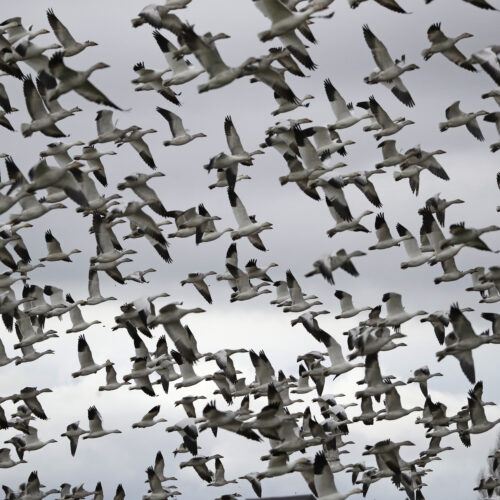
Interior Department Moves To Make It Illegal (Again) To Accidentally Kill Migratory Birds
The Interior Department rescinded a controversial Trump-era legal opinion Monday that limited the scope of the Migratory Bird Treaty Act. It also said it will soon propose a rule to replace one enacted at the end of the Trump administration that did the same.

